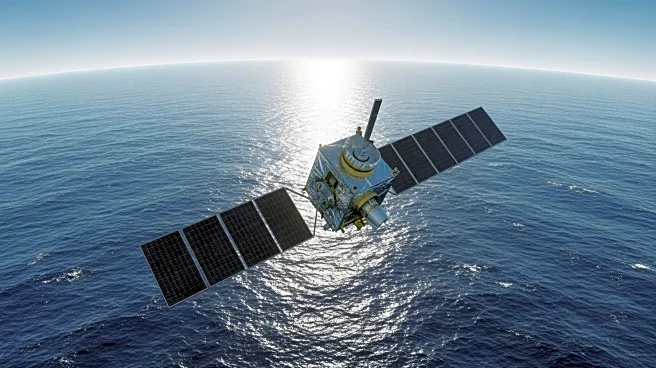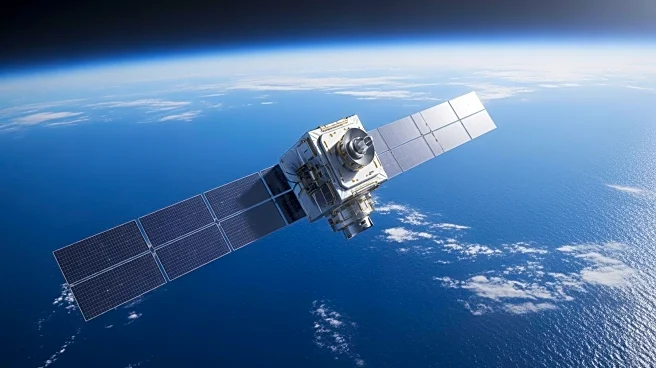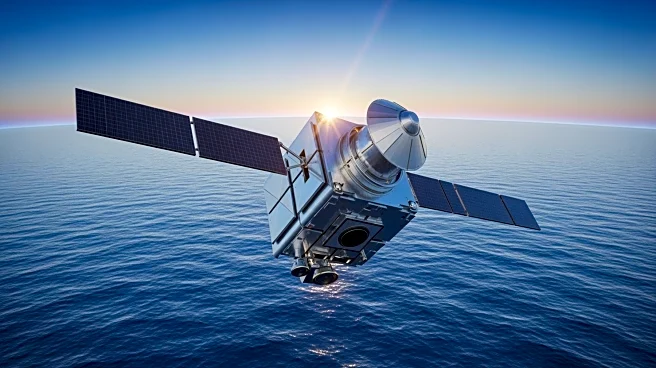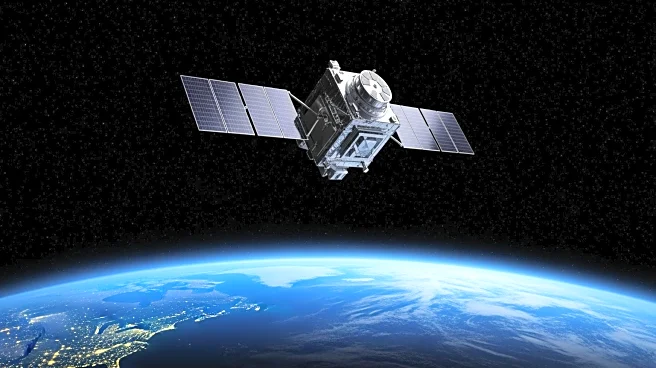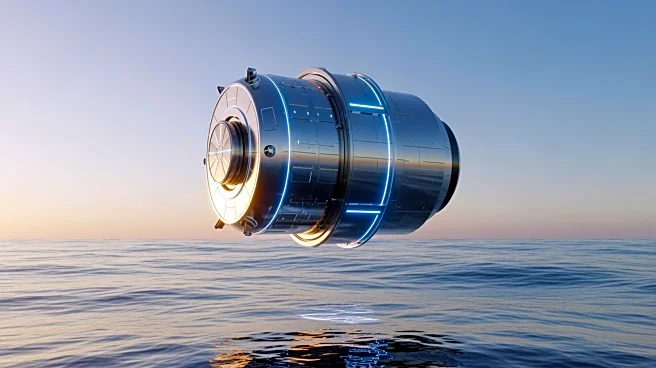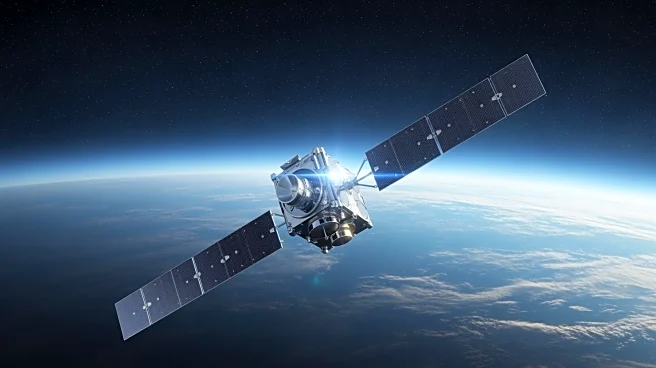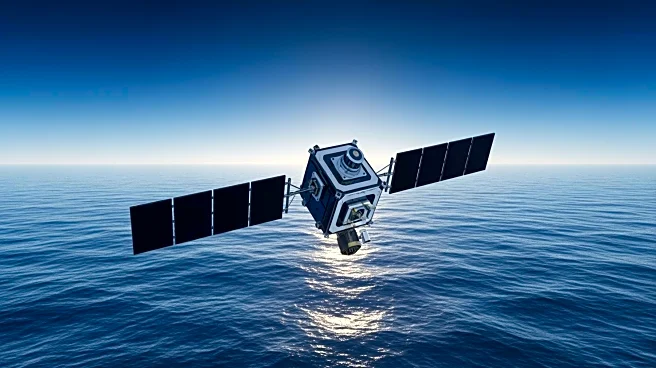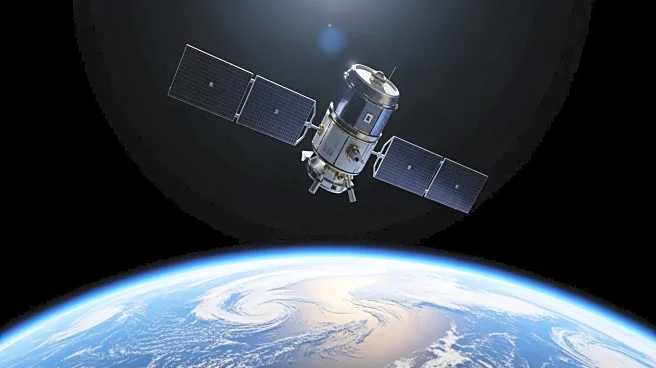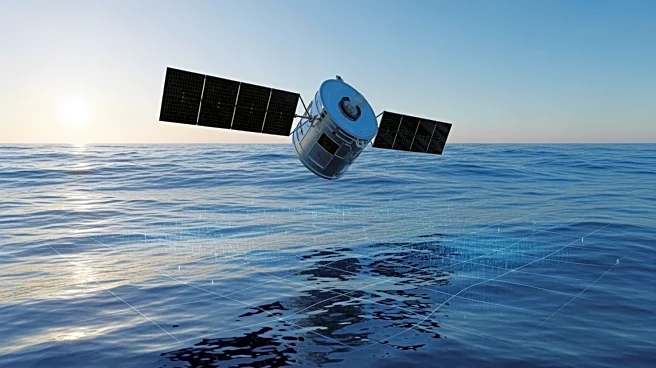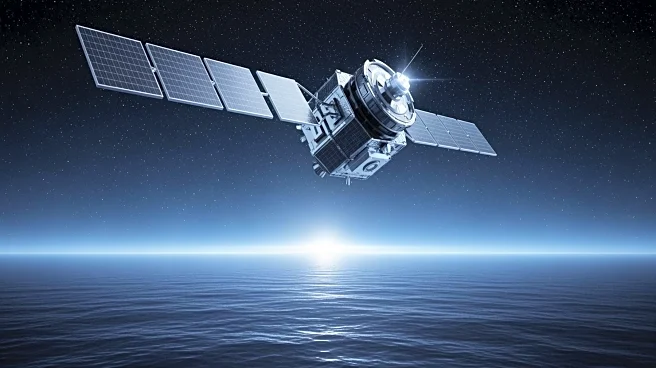What's Happening?
NASA, in collaboration with European partners, has launched the Sentinel-6B satellite to continue monitoring global sea levels. This mission aims to provide critical data for public safety, city planning,
and the protection of commercial and defense interests. Sentinel-6B will measure global sea level rise, ocean circulation, and atmospheric temperature and humidity profiles. The satellite builds on the legacy of its predecessor, Sentinel-6 Michael Freilich, and the Jason-series satellite missions. Using a radar altimeter, Sentinel-6B will map 90% of Earth's ice-free oceans every 10 days, offering high-resolution vertical temperature profiles to improve weather prediction models.
Why It's Important?
The launch of Sentinel-6B is significant for several reasons. It extends the sea level record to nearly four decades, providing essential data for coastal planning and infrastructure protection. This information is crucial for local and state governments to make informed decisions about safeguarding coastal areas, including real estate and energy sites. Additionally, the data will enhance weather predictions, benefiting commercial and recreational navigation. Sentinel-6B's measurements will also help protect coastal military installations and provide valuable insights into weather and ocean conditions, aiding in hurricane predictions and the study of ocean phenomena like El Niño and La Niña.
What's Next?
The Sentinel-6B mission will continue to collect and analyze data, contributing to improved weather forecasts and coastal planning strategies. As the satellite maps the oceans, it will provide ongoing updates to decision-makers, enabling them to adapt to changing sea levels and weather patterns. The collaboration between NASA, the European Union, ESA, EUMETSAT, NOAA, and CNES ensures a comprehensive approach to monitoring Earth's oceans, with potential advancements in climate science and environmental policy.
Beyond the Headlines
The Sentinel-6B mission highlights the importance of international collaboration in addressing global environmental challenges. By pooling resources and expertise, NASA and its European partners are advancing scientific understanding of sea level rise and its impacts. This mission underscores the need for continued investment in space-based technologies to monitor and mitigate the effects of climate change, fostering a more sustainable future.
